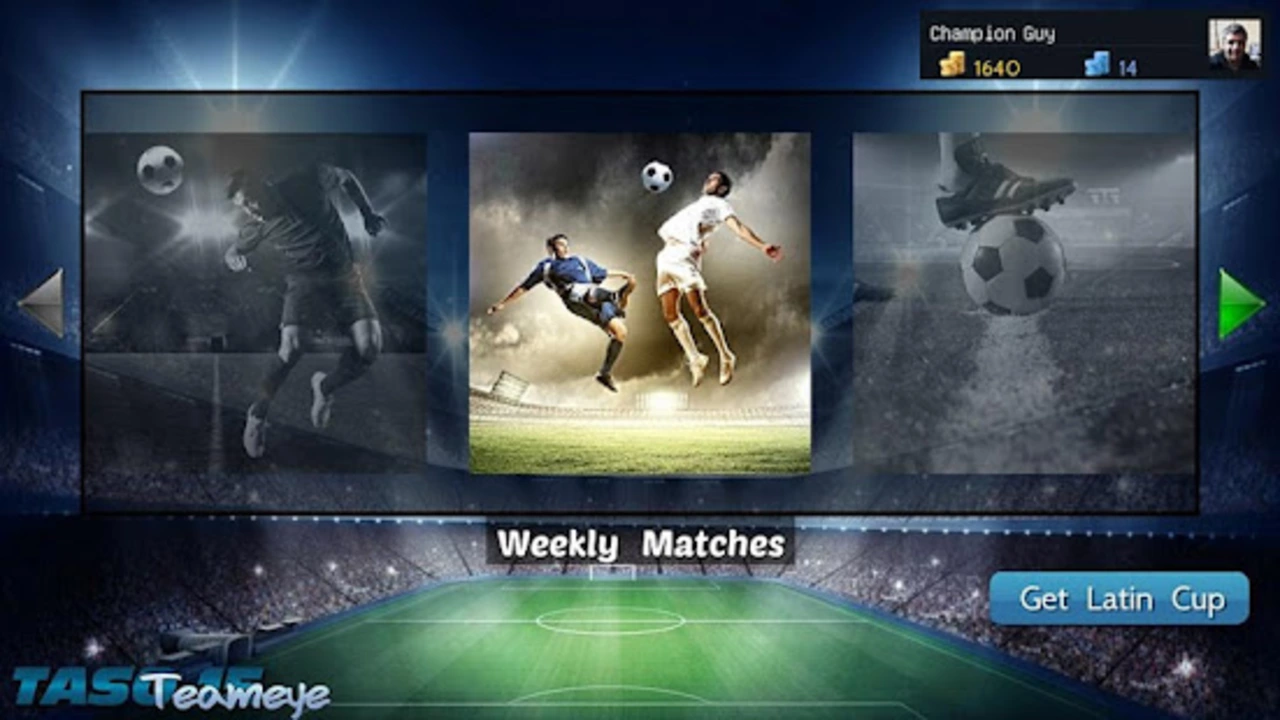Game Frequency: How Often Football Matches Really Happen
Ever wondered why some weeks feel jam‑packed with games while others are oddly quiet? The answer lies in game frequency – the rhythm of fixtures that clubs, players and fans live by. In the Championship, matches usually pop up every Saturday and sometimes mid‑week, meaning you could see a team play twice in less than ten days.
That pace has a big impact. More games mean more chances to earn points, but also more wear and tear on the squad. Managers constantly juggle line‑ups to keep key players fresh, and you’ll notice rotation around big fixtures. For example, Jobe Bellingham’s breakout season with Sunderland saw him feature heavily, yet his manager still gave him a rest before the crucial promotion push.
Why Game Frequency Impacts Teams
First off, player fitness is the biggest factor. A tightly packed schedule can lead to fatigue, injuries, and slower recovery. That’s why clubs invest in sports science and monitoring tools – they need to know when a player is ready to run again. Look at Marcus Rashford at Manchester United; when his minutes dip, the club revises his workload to avoid burnout, especially if a transfer looms.
Second, tactical preparation changes. With little time between matches, coaches have to simplify game plans. You’ll see teams stick to a core system rather than trying a brand‑new formation each week. This consistency can be a comfort for players but also makes it easier for opponents to study patterns.
Third, squad depth becomes priceless. Teams with strong benches can rotate without losing quality. Liverpool’s push for Marc Guehi and Joe Gomez shows how clubs scout for players who can slide in seamlessly when the schedule gets intense.
What Fans Can Do With a Busy Schedule
If you’re a fan, game frequency decides when you can watch, travel, or attend matches. A back‑to‑back Saturday‑Sunday combo might mean missing a mid‑week cup tie, so planning ahead is key. Keep an eye on the official Championship calendar and set reminders for double‑header weeks.
Ticket buying gets trickier when games are close together. Many clubs release tickets in batches, so snagging a spot early can save you from a sold‑out disappointment. Also, consider subscription services that bundle multiple fixtures – they’re often cheaper than buying each match individually.
Finally, use the downtime wisely. When there’s a longer break, clubs often host fan events, training sessions, or behind‑the‑scenes videos. Those are great ways to stay connected while you wait for the next game.
Bottom line: game frequency isn’t just a number on a calendar; it shapes team tactics, player health, and your whole fan experience. Understanding the rhythm helps you appreciate why a manager makes a surprise change, why a star rests, or why a club pushes for new signings. Stay tuned to the schedule, plan ahead, and you’ll get the most out of every match day.
